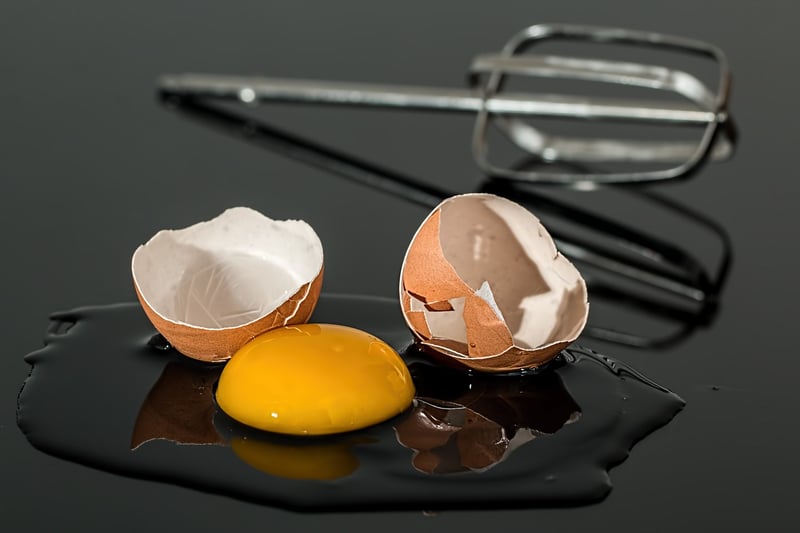Cooking Physics
The Science Behind Food: Exploring Cooking Physics
Food is not just about taste; it's also about science! Cooking involves various physical and chemical changes that transform raw ingredients into delicious dishes. Let's delve into the fascinating world of cooking physics to understand the principles behind the magic that happens in the kitchen.
Heat Transfer
One of the fundamental concepts in cooking physics is heat transfer. Whether you're grilling, baking, or sautéing, heat is essential for cooking food. Different methods of heat transfer, including conduction, convection, and radiation, play a crucial role in how food is cooked.
Maillard Reaction
The Maillard reaction is a chemical reaction that occurs between amino acids and reducing sugars when exposed to heat. This reaction is responsible for the browning of food, creating rich flavors and aromas in dishes like grilled meat, bread crusts, and roasted coffee.
Emulsions and Suspensions
Emulsions and suspensions are important in cooking to create stable mixtures of ingredients that wouldn't naturally combine. Mayonnaise, vinaigrettes, and salad dressings are examples of emulsions, while sauces and gravies often rely on suspensions to achieve the right consistency.
Cooking Methods
Various cooking methods rely on different principles of cooking physics. From boiling and steaming to frying and braising, each technique involves a unique interplay of heat, moisture, and time to transform raw ingredients into delectable dishes.
Food Texture and Mouthfeel
The texture and mouthfeel of food are determined by the physical properties of ingredients and how they are cooked. Factors like temperature, cooking time, and the presence of fats or starches influence the final texture of dishes, from crispy fried foods to tender braised meats.
Chemical Reactions in Baking
Baking is a precise science that involves a series of chemical reactions. Yeast fermentation, gluten formation, and leavening agents like baking powder all contribute to the rise and structure of baked goods like bread, cakes, and pastries.
Conclusion
Understanding the principles of cooking physics can elevate your culinary skills and help you appreciate the science behind the food on your plate. Next time you're in the kitchen, remember that cooking is not just an art but also a science!
Explore the world of food and cooking physics to unleash your inner chef and create delicious meals that not only taste great but also showcase the magic of science in every bite.

For more culinary inspiration and science-based cooking tips, check out Serious Eats.
